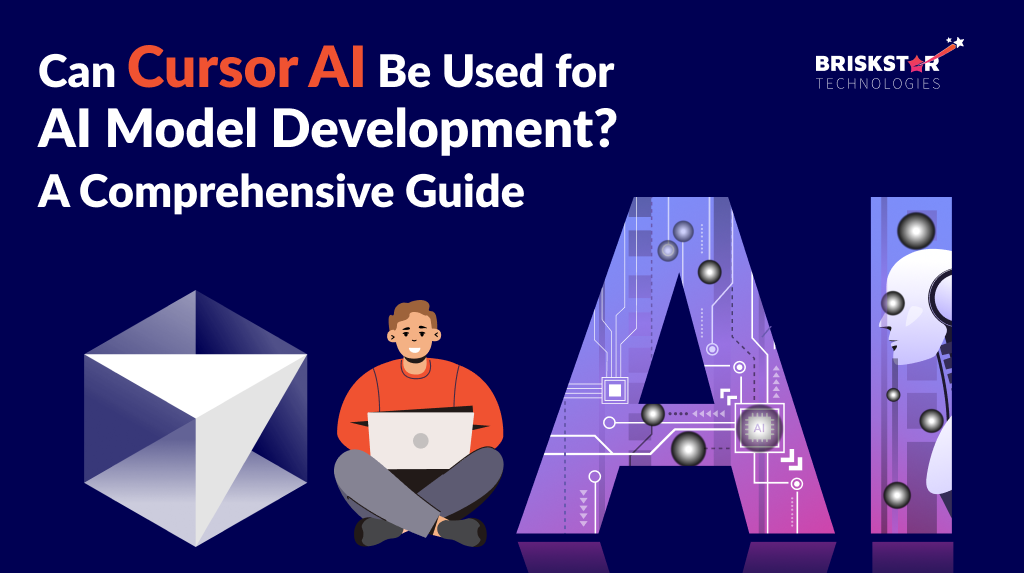Mastering the Art of UI/UX Design: Insights from a Designer’s Perspective
Welcome to our blog, where we embark on a captivating journey into the world of UI/UX design, seen through the discerning eyes of experienced designers. If you’re passionate about creating digital experiences that seamlessly blend aesthetics and functionality, you’re in the right place. Join us as we delve into the intricacies, strategies, and creative processes that drive successful UI/UX design.
- Understanding the Basics
UI focuses on the aesthetics and look of a digital product. It involves the design of buttons, fonts, color schemes, and layout. Think of it as the ‘skin’ of the product.
UX, on the other hand, is all about the user’s experience. It’s the journey they take when using your product. UX designers ensure that this journey is intuitive, smooth, and enjoyable.
- Start with User-Centered Design Creating an outstanding UI/UX design begins with putting the user at the center of your thought process. Understand their needs, preferences, and pain points. Conduct user research, surveys, and gather feedback to ensure your design caters to real user expectations.
- The Power of Wireframes and Prototypes
Before diving into the final design, create wireframes and prototypes. Wireframes are basic layouts that outline the structure of your product. Prototypes are interactive mock-ups, allowing you to test the user flow and functionality. These tools help identify and correct issues early, saving time and resources in the long run.
- Consistency is Key
Consistency in design is critical. Users should be able to navigate your product intuitively because similar elements behave similarly throughout the interface. Use a consistent color palette, typography, and design patterns.
- Embrace Minimalism
Simplicity is often the key to effective UI/UX design. Remove any unnecessary elements or clutter. A clean and minimalistic design not only looks appealing but also enhances user comprehension.
- Mobile-First Approach
In today’s mobile-dominated world, a mobile-first approach is essential. Design for mobile devices first and then scale up for larger screens. This ensures that your product is accessible to a wider range of users.
- Test, Iterate, and Test Again
Testing is an ongoing process. Run usability tests with real users and gather feedback. Iterate and refine your design based on these insights. Continuous improvement is fundamental to creating a user-friendly product.
- Emotion in Design
Emotion plays a significant role in UI/UX. The design should evoke the desired emotional response from users. Colors, imagery, and animations can influence emotions. For example, warm colors like red and orange can create a sense of urgency or passion, while cool colors like blue and green often convey trust and calmness.
- Stay Updated with Trends
The UI/UX field is ever evolving. Stay updated with the latest design trends and technologies. Experiment with new tools, techniques, and design styles to keep your work fresh and engaging.
- Collaboration and Communication
Effective collaboration with developers, product managers, and stakeholders is crucial. Strong communication skills are key to understanding project requirements and translating them into a compelling design.
Conclusion
Mastering UI/UX design is an ongoing journey. It requires a balance of creativity, empathy, and technical skills. As a designer, you hold the power to create digital experiences that leave a lasting impact on users. By embracing user-centered design, staying updated, and maintaining a commitment to continuous improvement, you can indeed master the art of UI/UX design and contribute to the success of digital products in an increasingly competitive landscape.
Tags :
#UXUIPerspective
ContinuousImprovement
CraftingDigitalExperiences
DesignersInsightfulJourney
KeepingUpWithTrends
UI/UXART
![circle-shapes]()












